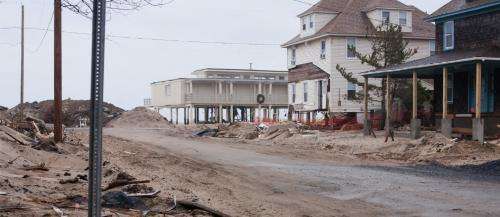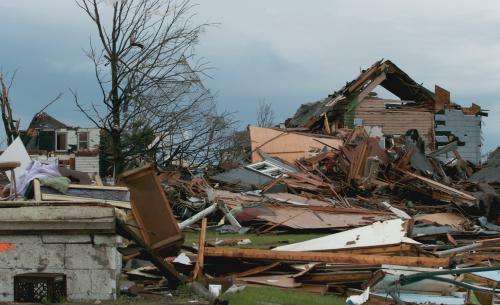Food defense begins with food intelligence

Consumers have largely lost an understanding of the traditional sources of food (such as farms, fields, ranches and orchards) and now tend to think of food's origin as the grocery store or the fast-food restaurant. America has moved so far away from its agrarian past that most people cannot produce for themselves even the most simply grown foods.
Consumers need to understand the complexities of modern food production so they can prepare for disruptions caused by natural disasters or terrorist attacks. This can be accomplished in part by better understanding how food corporations plan for contingencies and then applying those lessons at the household level.
The average large city in the United States contains about three days' supply of food, smaller communities often even less. Should the supply chain be disrupted, a readily available alternative supply might not exist. Some people think the government would step in to provide necessities in an emergency, but countless cases—including the disasters caused by tornadoes in the Oklahoma City region last year—have proven that the government is only marginally effective in providing even short-term solutions. Like companies, individuals should always consider food disruption as a distinct possibility when an emergency looms.
After the Oklahoma tornadoes and Hurricane Sandy, some people actually did go hungry, some for several days, because no one could get through the debris to offer assistance. This is one reason the Department of Homeland Security recommends that all households store at least a three-day supply of nonperishable food. More information about disasters and emergency supplies is available at www.ready.gov/basic-disaster-supplies-kit.

Food corporations, even during nonemergency times, must plan for contingencies so alternate sources of ingredients can be quickly moved into place should the normal supply be disrupted. Think of your family as a corporation, in this case a food corporation. Your family needs to eat. There are inputs (food and water) and things that support that input, like dollars to support acquisition of food and water, transportation of food and storage of food.
Lessons can be learned from food companies, bringing them down to the individual or community level. Both can follow, with some small modifications, the same basic food security outline: know the family (or community) and necessary food products; assess the risks; formulate a plan; and test the plan.
Some families and communities may have specific dietary needs because of health or cultural requirements. Emergency food supplies not meeting these requirements do not address the need, and could in some cases actually exacerbate the severity of the emergency. Plans have to recognize the needs and arrange for meeting them.
Emergencies cause incredible amounts of stress, which may naturally depress appetites. It is important to choose food products that will provide sufficient nutrition while proving palatable enough to encourage consumption. Some food products require water in their preparation, and water is a key ingredient for human survival. Food and water supplies have to be kept close by, so that in an emergency both are readily available. Prepare for a longer duration emergency and you will have sufficient capacity to help other family and friends, should an emergency be of shorter duration. In this way neighbors can look out for neighbors when roads are impassible and government assistance will be delayed.
When risks are known ahead of time, families and communities can devise plans and make purchases before disaster arrives. Once plans are formulated, test, test and retest. Work together with neighbors to make plans so that if one location becomes uninhabitable, another location is available, reachable and contains the emergency food and water stores needed for all.
Think about the plan made, so simple mistakes are less likely. Have you thought about how you will open canned food if your electric can opener isn't working? Assume nothing, consider the options and create redundancies and contingencies.
Communities made up of households that understand and practice food security are communities less likely to experience widespread food emergencies in the face of natural- or terrorist-related disasters. Food-secure households make food-secure neighborhoods, which in turn make food-secure communities, which make food-secure regions and a food-secure nation.

















